How Driving in a Stop-and-Go Traffic Affects Your Car
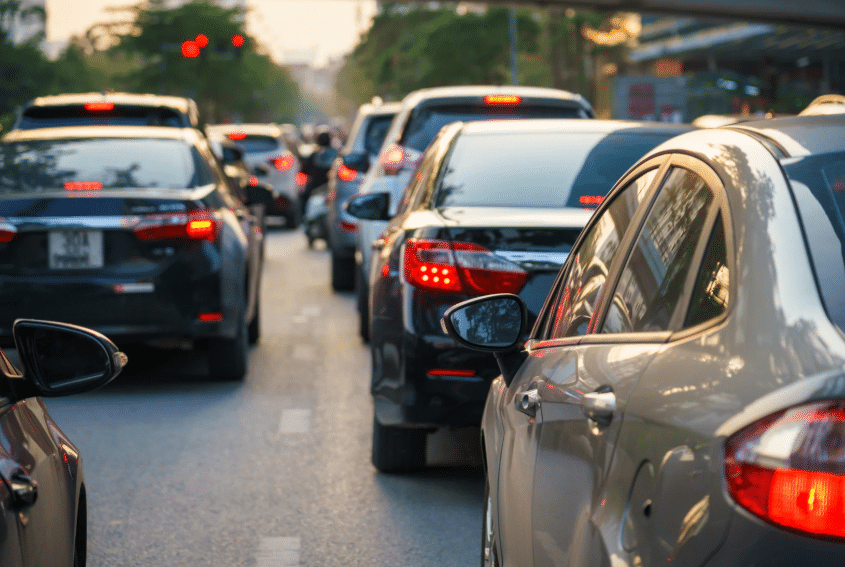
Sharing this:
Traffic congestion has become an unavoidable reality for many drivers across America. Whether you're navigating the daily commute in a bustling metropolis or caught in unexpected highway backups, stop-and-go traffic isn't just testing your patience, it's silently taking a toll on your vehicle.
The constant cycle of acceleration and braking creates unique stresses on virtually every system in your car, from the engine and transmission to the brakes and even your fuel economy. While modern vehicles are designed to handle various driving conditions, they still suffer accelerated wear and tear when repeatedly forced to start and stop.
Understanding how this driving pattern affects your vehicle can help you take preventive measures to extend your car's lifespan and avoid costly repairs. The impact goes far beyond the obvious frustration and wasted time, it affects your car's mechanical components, fuel efficiency, and long-term reliability.
In this comprehensive guide, we'll explore the specific ways stop-and-go traffic damages your vehicle, provide practical maintenance tips to mitigate these effects, and offer driving techniques that can help reduce the strain on your car while navigating congested roads.
The Hidden Toll on Your Engine

Your car's engine is designed to operate most efficiently at steady speeds. During stop-and-go traffic, your engine repeatedly cycles between idle and acceleration, creating several problems that contribute to premature wear.
First, frequent cold starts are particularly damaging. When your engine doesn't reach its optimal operating temperature, unburned fuel can contaminate your engine oil and reduce its lubricating properties. This issue is compounded in stop-and-go scenarios where the engine may cool between short bursts of operation, preventing it from maintaining ideal operating temperatures.
Carbon deposits also build up more quickly during low-speed, high-RPM driving patterns common in traffic jams. These deposits can form on intake valves, fuel injectors, and combustion chambers, gradually reducing engine performance and efficiency. According to a 2023 study by the Automotive Research Association, engines operating primarily in congested urban environments showed up to 25% more carbon buildup than those used primarily for highway driving.
Additionally, the constant cycling between power demand and idle increases thermal stress on engine components. This fluctuation in temperature can accelerate wear on pistons, cylinder walls, and valves over time, potentially reducing your engine's lifespan by thousands of miles.
Modern vehicles equipped with digital diagnostic systems can detect and report many of these issues before they cause major damage. However, being aware of these hidden effects can help you stay ahead of potential problems.
How Stop-and-Go Driving Accelerates Transmission Damage
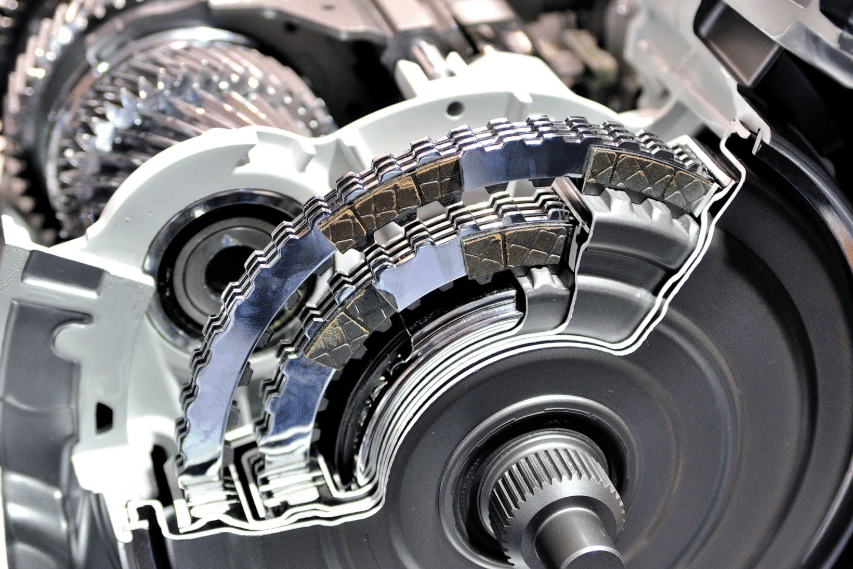
Few vehicle systems suffer more from stop-and-go driving than your transmission, especially in vehicles with automatic transmissions. The constant shifting between gears creates excessive heat and friction within the transmission fluid and components.
Automatic transmissions rely on fluid pressure and friction materials to engage gears. In congested traffic, the transmission fluid temperature rises significantly as it repeatedly engages and disengages the clutch plates. According to automotive engineers, transmission fluid in stop-and-go conditions can reach temperatures up to 30-40 degrees higher than during highway cruising, accelerating fluid breakdown.
This heat accelerates the breakdown of transmission fluid, reducing its lubricating properties and protective qualities. A degraded fluid can't properly protect the precision components inside your transmission, leading to premature wear of bands, clutches, and planetary gears.
Many drivers are unknowingly damaging their car's transmission through habits that seem harmless but compound the stress of stop-and-go driving. For example, shifting into drive while the car is still rolling backward or "riding the brakes" while in drive can significantly increase transmission wear.
Manual transmissions aren't immune either. The frequent clutch engagement required in traffic jams accelerates wear on the clutch plate and flywheel, potentially shortening their service life by thousands of miles compared to highway driving.
Why Stop-and-Go Traffic Rapidly Wears Down Your Brake System
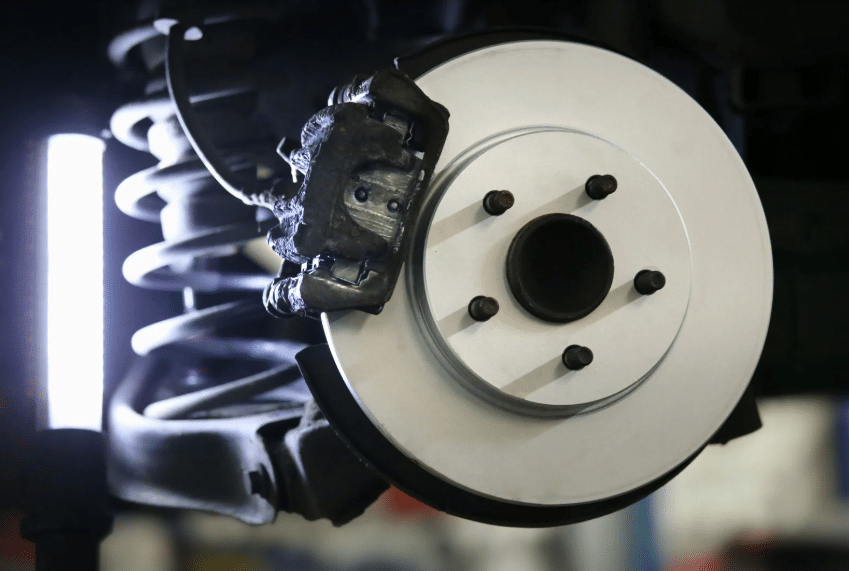
Perhaps the most obvious victims of stop-and-go traffic are your vehicle's brakes. The constant application and release of brakes in congested conditions create excessive heat and friction, accelerating wear on multiple components of your braking system.
Brake pads and rotors bear the brunt of this stress. Each time you press the brake pedal, the pads clamp onto the rotors, converting kinetic energy into heat through friction. In normal driving conditions, these components have time to cool between applications. However, in traffic jams, the repeated braking with minimal cooling time causes brake components to reach higher temperatures.
This excessive heat can lead to several problems:
- Brake Fade: When brake components overheat, they temporarily lose effectiveness, requiring more pedal pressure to achieve the same stopping power.
- Premature Pad Wear: Heat-stressed brake pads wear down significantly faster, sometimes reducing their lifespan by 50% compared to highway driving.
- Rotor Warping: Intense heat followed by cooling can cause rotors to warp or develop surface irregularities, resulting in pulsation or vibration when braking.
- Brake Fluid Degradation: Extended high temperatures can cause brake fluid to break down, potentially leading to reduced braking performance or even brake failure in extreme cases.
According to a 2024 analysis of service records from urban repair shops, vehicles primarily driven in stop-and-go conditions required brake service approximately twice as often as similar vehicles used mainly for highway driving.
How Stop-and-Go Driving Burns More Fuel and Hurts Engine Efficiency

Traffic congestion doesn't just waste your time, it wastes your fuel as well. The continuous cycle of acceleration and braking is perhaps the least efficient way to operate an internal combustion engine, dramatically increasing fuel consumption compared to steady-state driving.
Modern studies have quantified this effect. Research from the Department of Transportation in 2023 found that vehicles in congested urban traffic consume between 30-40% more fuel than the same vehicles traveling at steady highway speeds. This inefficiency stems from several factors:
First, each acceleration requires a significant energy input from your engine, much of which is then wasted when you brake moments later. This energy-conversion inefficiency is fundamental to stop-and-go driving patterns.
Second, engines operate most efficiently within specific RPM ranges, usually at moderate, steady speeds. The constant fluctuation between idle and acceleration prevents your engine from settling into its efficiency sweet spot.
Even hybrid vehicles, which recapture some energy during braking, experience reduced efficiency in severe stop-and-go conditions. While they fare better than conventional vehicles, the constant cycling between electric and gasoline power still reduces their overall efficiency compared to steady driving.
Beyond the immediate cost of wasted fuel, this inefficient operation increases carbon emissions and contributes to faster engine contamination. As noted in our guide on oil change intervals, engines operating primarily in stop-and-go traffic often require more frequent oil changes to maintain proper protection.
Why Stop-and-Go Driving Puts Extra Strain on Your Suspension System
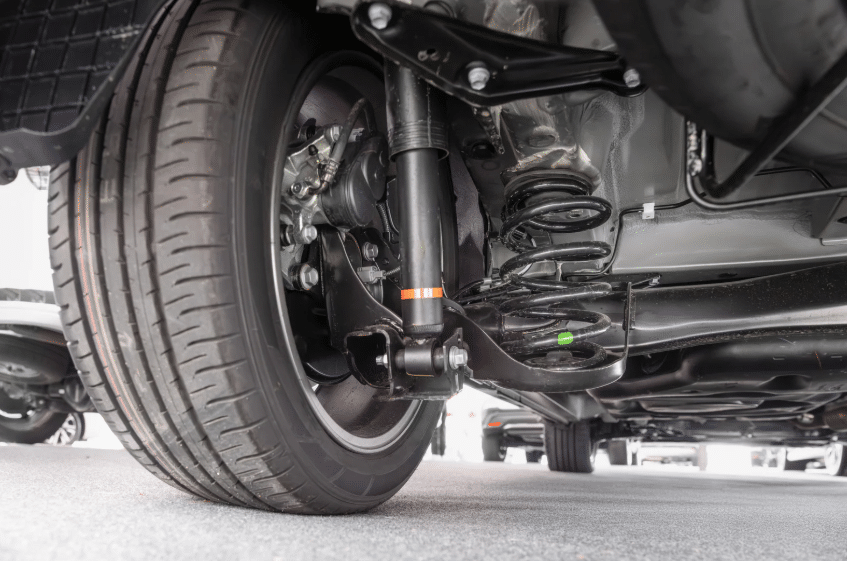
While less obvious than engine or brake wear, your vehicle's suspension system silently absorbs significant stress during stop-and-go driving. The frequent weight transfer that occurs during acceleration and braking creates additional load on suspension components that weren't designed for such constant cycling.
Every time you brake, weight shifts forward, compressing the front suspension. When you accelerate, weight transfers rearward. In normal driving, these weight transfers occur occasionally, but in traffic jams, they happen continuously, sometimes hundreds of times during a single commute.
This repeated compression and extension accelerates wear on:
- Shock Absorbers/Struts: These components control the rate of weight transfer and dampen bouncing. Excessive cycling causes fluid breakdown and internal wear.
- Bushings and Ball Joints: The rubber and plastic components that allow controlled movement degrade faster under constant articulation.
- Control Arm Components: The arms that connect your wheels to the vehicle frame experience increased stress from the repetitive weight shifts.
- Mounts and Bearings: Various connection points throughout the suspension system face accelerated deterioration.
According to a 2024 analysis of urban vehicle maintenance patterns, cars primarily used in stop-and-go traffic required suspension-related repairs up to 40% more frequently than comparable vehicles used mainly for highway driving.
The subtle degradation of suspension components not only affects ride comfort but can impact safety by reducing vehicle stability during emergency maneuvers and extending stopping distances. Regular inspection of these components is especially important for vehicles frequently subjected to congested driving conditions.
Preventive Maintenance Tips for Traffic-Stressed Vehicles
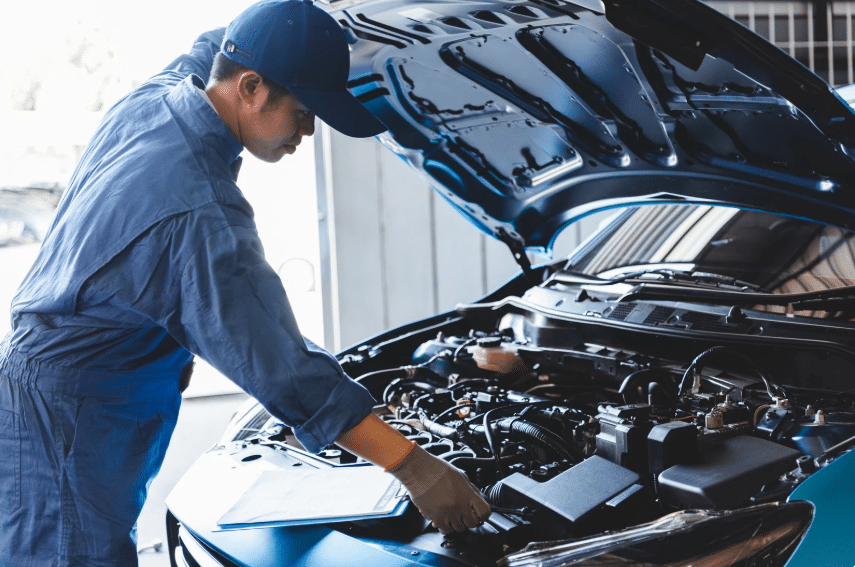
Given the accelerated wear that stop-and-go traffic causes, vehicles regularly subjected to congested driving conditions benefit from a more proactive maintenance approach. These targeted maintenance strategies can significantly extend the life of critical components and help avoid costly repairs.
Engine Protection Strategies
For engines stressed by traffic conditions, consider these maintenance adjustments:
- Shortened Oil Change Intervals: Consider changing your oil every 3,000-5,000 miles rather than the manufacturer's maximum recommendation if your driving is predominantly in congested areas.
- Premium Synthetic Oils: These provide better protection under the thermal cycling common in stop-and-go driving.
- Fuel System Cleaners: Using quality fuel injector cleaners every 5,000-7,000 miles can help reduce carbon buildup from incomplete combustion.
- Air Filter Monitoring: Traffic congestion often occurs in areas with higher particulate pollution, potentially clogging air filters more quickly.
Transmission Care
To protect your transmission from the stresses of stop-and-go driving:
- More Frequent Fluid Checks: Inspect transmission fluid levels and condition monthly if you're regularly stuck in traffic.
- Transmission Fluid Changes: Consider servicing at 30,000-40,000 miles rather than the maximum 60,000-100,000 miles recommended for ideal conditions.
- Cooling System Maintenance: Ensure your radiator and transmission cooler (if equipped) are clean and functioning properly to manage the increased heat.
Brake System Maintenance
For vehicles regularly subjected to traffic conditions:
- Brake Inspections: Have your brake pads, rotors, and fluid inspected every 10,000 miles rather than waiting for warning signs.
- Brake Fluid Flushes: Consider changing brake fluid every 2 years instead of the typical 3-5 year recommendation to prevent moisture accumulation and fluid degradation.
- Premium Brake Components: When replacement is necessary, consider upgrading to higher-quality brake pads designed to withstand higher temperatures.
Preparing your car properly for service visits can help technicians more effectively address these traffic-related issues and provide more accurate recommendations for your specific driving conditions.
Driving Techniques to Minimize Vehicle Stress

While you can't avoid traffic entirely, you can adopt driving techniques that significantly reduce its impact on your vehicle. These approaches not only extend component life but also often improve fuel economy and reduce driver stress as well.
The Spacing Technique
Rather than accelerating quickly to close gaps and then braking hard, maintain a larger buffer between you and the vehicle ahead. This allows you to:
- Drive at a more consistent average speed
- Reduce the frequency and intensity of braking
- Minimize transmission shifting
- Improve fuel economy by up to 20% in congested conditions
Studies show that maintaining a 3-4 second gap (rather than the minimum safe 2-second distance) can dramatically reduce the frequency of braking events in traffic.
Gentle Acceleration
When traffic begins moving, resist the urge to accelerate quickly. Instead:
- Apply gentle, progressive throttle
- Allow the engine to build RPMs gradually
- Reduce transmission strain through smoother engagement
- Minimize weight transfer stress on suspension components
This technique is particularly beneficial for automatic transmissions, as it allows for smoother gear changes and reduces clutch friction.
Engine Braking
Before applying your brakes, consider:
- Removing your foot from the accelerator earlier
- Allowing natural engine compression to slow the vehicle
- Using downshifting (in manual transmissions) judiciously
- Reducing brake pad and rotor temperatures
This technique not only extends brake life but can improve fuel economy by avoiding the need to accelerate back to speed from a complete stop.
Understanding why stop-and-go driving is particularly hard on your vehicle can provide additional motivation to implement these driving techniques consistently.
Frequently Asked Questions
How much faster does stop-and-go traffic wear out my brakes?
Vehicles primarily driven in congested conditions typically require brake service 50-100% more frequently than those used mainly for highway driving. The constant friction generates excessive heat that accelerates pad wear and can lead to rotor warping. Most urban commuters will need brake pad replacement every 20,000-30,000 miles compared to 40,000-60,000 miles for highway drivers.
Does stop-and-go traffic affect electric vehicles differently than gas vehicles?
Yes, electric vehicles generally fare better in stop-and-go traffic due to regenerative braking that recaptures energy while slowing down. This reduces physical brake wear and improves efficiency in congested conditions. However, EVs still experience increased stress on suspension components and can see reduced range in severe traffic compared to steady-speed driving.
How often should I change my transmission fluid if I primarily drive in heavy traffic?
For vehicles regularly subjected to stop-and-go conditions, transmission fluid should typically be changed every 30,000-40,000 miles rather than the manufacturer's maximum interval (which can be up to 100,000 miles). The frequent shifting and higher operating temperatures in traffic accelerate fluid breakdown, reducing its protective properties more quickly.
Can using cruise control in slow-moving traffic help reduce vehicle wear?
Adaptive cruise control systems in newer vehicles can help reduce vehicle wear in slow traffic by maintaining more consistent speeds and smoother acceleration/deceleration cycles than human drivers typically achieve. However, standard cruise control should never be used in unpredictable stop-and-go conditions as it can't respond appropriately to changing traffic flow.
Is there a specific engine oil that's better for stop-and-go driving conditions?
Full synthetic oils generally provide superior protection for engines regularly operated in stop-and-go traffic. They maintain better viscosity at both high and low temperatures, resist breakdown from the frequent temperature cycling, and provide improved protection during the numerous cold-start cycles experienced in congested driving. Look for oils specifically labeled for "severe" or "extreme" driving conditions.
Contact Blue Ridge Automotive for a Custom Maintenance Plan Today
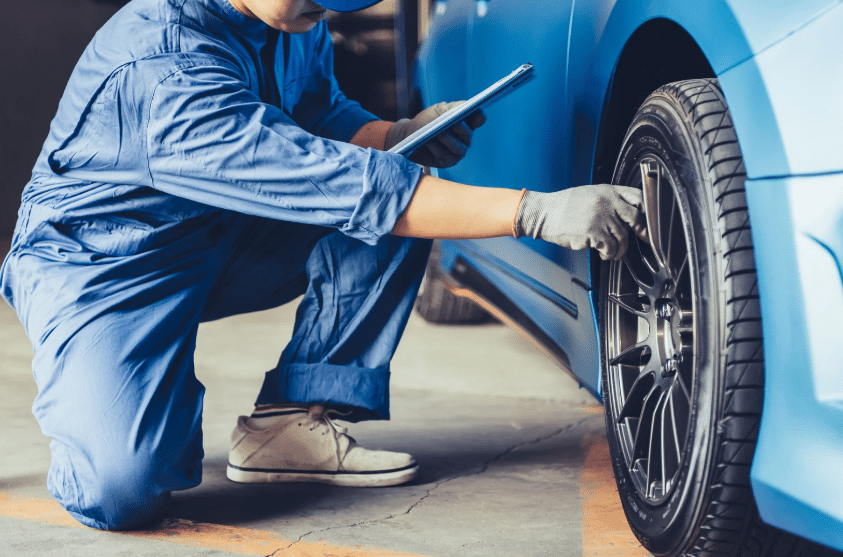
Stop-and-go traffic does more than test your patience, it quietly wears down your engine, transmission, brakes, and suspension. Over time, this can lead to reduced fuel economy, higher repair costs, and a shorter vehicle lifespan. But with the right maintenance and driving habits, you can fight back against the damage of daily congestion.
At Blue Ridge Automotive, we specialize in keeping your vehicle running strong through the toughest urban conditions. Our ASE-certified technicians understand the wear traffic causes and offer tailored maintenance plans, premium components, and expert inspections designed to counteract that strain. We also help you adopt smarter driving techniques to reduce long-term damage and improve performance.Don’t let traffic take a toll on your car. Contact Blue Ridge Automotive today to schedule a comprehensive assessment and get a maintenance plan built for your driving routine.



